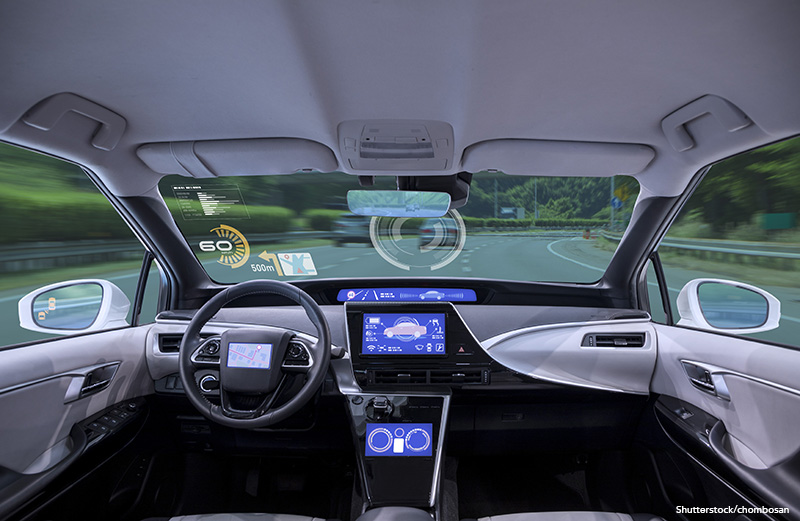
Precious Plastic
Refugee camps are places where many people live together in a very small area. These camps don’t have the systems for refuse and trash control that are common in cities and established areas of high population density. Refugee camps also receive donations of food, water, and other supplies from international aid organizations. The packaging and other trash generated in these camps are often buried in landfills. But that doesn’t have to be the case.
A company called Precious Plastic has donated recycling machines to a refugee camp in the northern Sahara region of Africa. The machines are small and somewhat portable, and they can either press plastic waste into sheets, or melt it into blocks. From there, the recycled material can be turned into furniture, bricks, benches, dishes, and more. Precious Plastic’s goal is to help relieve the poverty problem and the waste problem in the camps at the same time. The company will donate recycling machines to anybody who wants to start their own plastic recycling business. It also provides business starter kits to provide people with everything they need to get their new recycling business off the ground. The company’s website also provides plastic molds and additional equipment.
Precious Plastic was started in 2012 by Dave Hakkens while he was a student at the Design Academy in Eindhoven, Netherlands. It was not until 2020 that the project was put into action worldwide. Supporters who want to help with the project but who might not want to start a recycling business themselves can purchase some of the finished recycled items–such as chairs, tea sets, desks, utensils, and more–at the Precious Plastic website.
Dig Deeper Imagine that you are starting your own plastic recycling business. Design a name, logo, mission statement, and tagline for your business.
White House Promotes New COVID-19 Drug
The White House has recommended vaccinations, masks, social distancing, and good hygiene to control the spread of COVID-19. But now, there may be a new tool in that toolbox: an antiviral drug from Pfizer called Paxlovid.
Paxlovid was first authorized for use in December 2021. The drug has been shown to reduce the risk of COVID-related hospitalizations by ninety percent. It is approved for people over twelve years old who test positive and are at high risk for severe complications because of other factors such as diabetes, heart disease, and obesity. But the popular spread of information about Paxlovid and its availability has been slow. Pharmacists believed it was scarce, and so they were uneasy about giving it to anyone other than their sickest customers. Now, however, the Biden administration has purchased twenty million doses of the drug and is working with Pfizer to produce more. The plan is to double the number of available pills in the coming weeks. They will also educate pharmacists and the public about its usefulness.
Paxlovid is distributed as three pills which a patient takes twice a day for five days. According to Pfizer, there are side effects that could impact people. Paxlovid may also influence the effectiveness of other medications that some people may take. Only doctors who know the side effects and know a patient’s complete medical history should be prescribing this new treatment option.
Share What You Know Create a poster that illustrates the variety of ways that people can counteract the spread of COVID-19.
World’s Oldest Person Dies
Kane Tanaka, the world’s oldest person, died on April 19, 2022, at a hospital in Fukuoka, Japan. Tanaka was 119 years and 107 days old. She was born prematurely on January 2, 1903. She lived through two world wars, the 1918 influenza outbreak, the invention of the first airplanes and computers, and COVID-19.
Tanaka married at the age of nineteen and helped run the family rice shop. She ran the business by herself when her husband was sent to fight in World War II. She also opened a kindergarten, and later, a floral shop. After she retired, she travelled, visiting relatives at home and abroad. She had five children, two boys and two girls, and adopted her husband’s niece. She loved chocolate and soda and hated losing at board games. Tanaka also survived cancer twice and outlived her husband and all her children. Tanaka had said that she hoped to live to be 120. Over the years, when asked her secrets to a long life, she answered family, sleep, hope, faith, and just being herself.
Japan has the world’s oldest population, with an average life span of 87.7 years for women and 81.6 years for men. About 86,000 people in Japan are over one hundred years old—which is twice as many people of that age in the United States.
Now that Tanaka has passed away, the oldest living person is Lucile Randon, a 118-year-old French nun. She lives near the city of Toulon in southern France.
Dig Deeper Tanaka was only the second-oldest person in history. Who was the oldest? Where did they live, and when, and how old were they?
Robotaxis?
Imagine that you call for a taxi, but the car that shows up has no driver. If you lived in Beijing, China, this could happen to you. Two companies–Baidu and Pony.ai–have received China’s first-ever permit for public driverless taxis. Each company will have a few dozen cars. The routes for these driverless vehicles are limited to a designated 23-square-mile area. Currently, an operator will have to stay in the front passenger seat to take over in case of emergencies. Right now, using a driverless taxi is free because the companies want to encourage people to try out the service. It’s estimated that about three hundred thousand residents of Beijing will be able to use the new robotaxis.
Other companies have taken steps toward driverless taxis in the past. In 2020, a company called Waymo in San Jose, California, became the first in the U.S. to gain approval to test driverless taxis on public roads. The same year, a company called AutoX became the first one in China to place robotaxis on public roads. The AutoX cars were not restricted to certain areas and were not required to keep a safety driver in the passenger seat. But the vehicles were only being tested and public use was not allowed. It’s estimated that China might generate as much as $1.1 trillion in revenue from these services by 2040.

